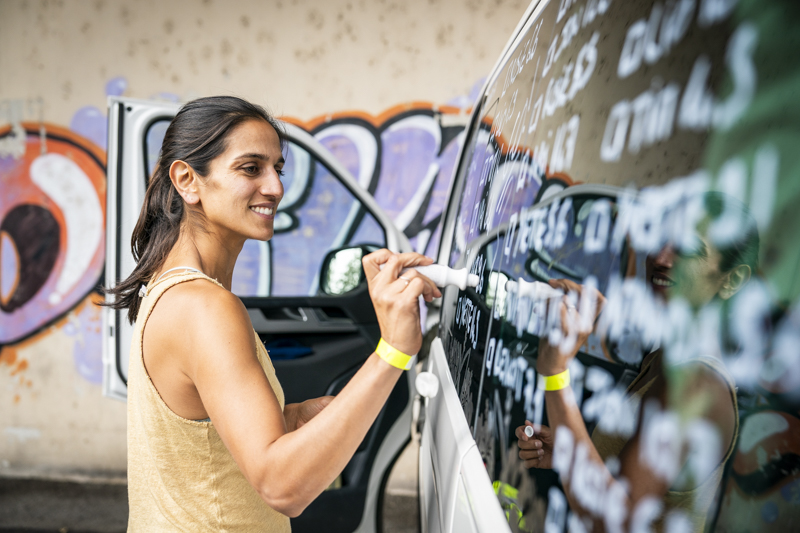In our previous article we talked about the Objectives of a team, which have to be aligned with the purpose of the team or organization. Once the Objectives and Goals are defined and endorsed, normally by a higher level in the organization, the next step is to identify the Strategy to reach those objectives and goals. The Strategy is more than a recipe. It considers:
1. The decisions we take to fulfill the purpose and achieve the goals and objectives.
2. The values and assumptions, defining what is important to the team on the what and the how.
As such, the Strategy defines what is to be done (and what is not), and even defines what the critical tasks are, those in which team members will focus on their daily work.
Core Lean strategies include, within others:
1. To CARE for our existing clients helping them to improve their results and grow through their people’s development with the successful and practical experience of Core Lean members.
2. To build new relationships with selected clients who share our values and principles.
3. To get visible, showing the unparallel rate of progress we can achieve together.
Getting visible is of key importance in Core Lean as a new startup to sustain current clients and to develop new relationships. Sharing success stories and learning from past challenges is always welcomed by organizations and teams truly interested on a serious continuous improvement roadmap. Sometimes getting visible is achieved by the fantastic collaboration of our friends and existing clients who open their doors and share with others. Sometimes it comes with social events like the Run Mate Lac Léman, where common values such as teamwork, commitment, and achievement are highlighted and a vivid challenge can be experienced as a team and exponentially elevated by a leadership session such as the LEADERSHIP LAB.
Once the strategy is identified and aligned, it’s important to define HOW the strategy will be executed. In this respect we must consider different design elements, for example:
Task: What needs to be done? For the Run Mate by Core-Lean Lac Léman, your team has to run 215 km in 29 relays by a team of 2 to 9 Mates. How to build or maintain the physical condition required by every Mate?
People & structure: How many Mates in your team? Who are the strongest ones? How much each member will run? When / which relay to assign to each one?
Information: How will people know when to be ready? How to communicate when something went different than expected?
Decisions: Can I continue another relay if I’m still feeling strong? If a change of order or assignment has to be done, who decides?
First aid response: How to manage if someone gets hurt or sick?
Answering those questions and having all team mates and external sponsors / supporters aligned puts your team in a good starting position and with good chances of success.
In the next article we will talk about how to visualize the behaviors you expect from this strategy and design elements. This exercise should validate and confirm what we described in this article, but be patient… it will come soon.
